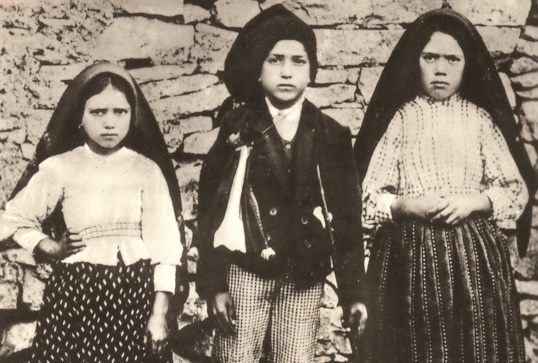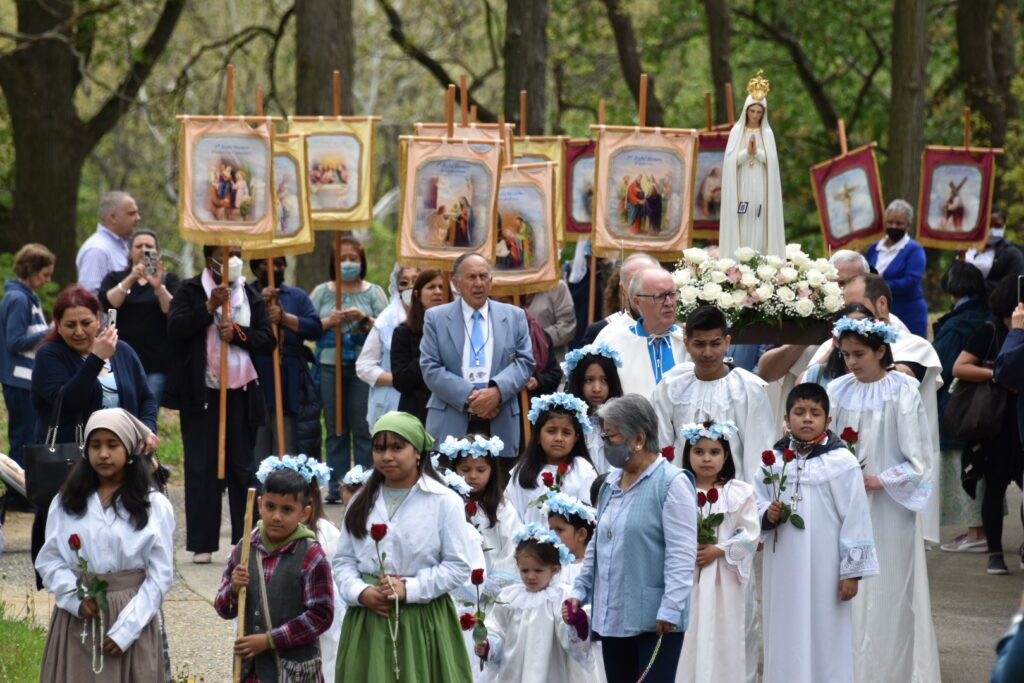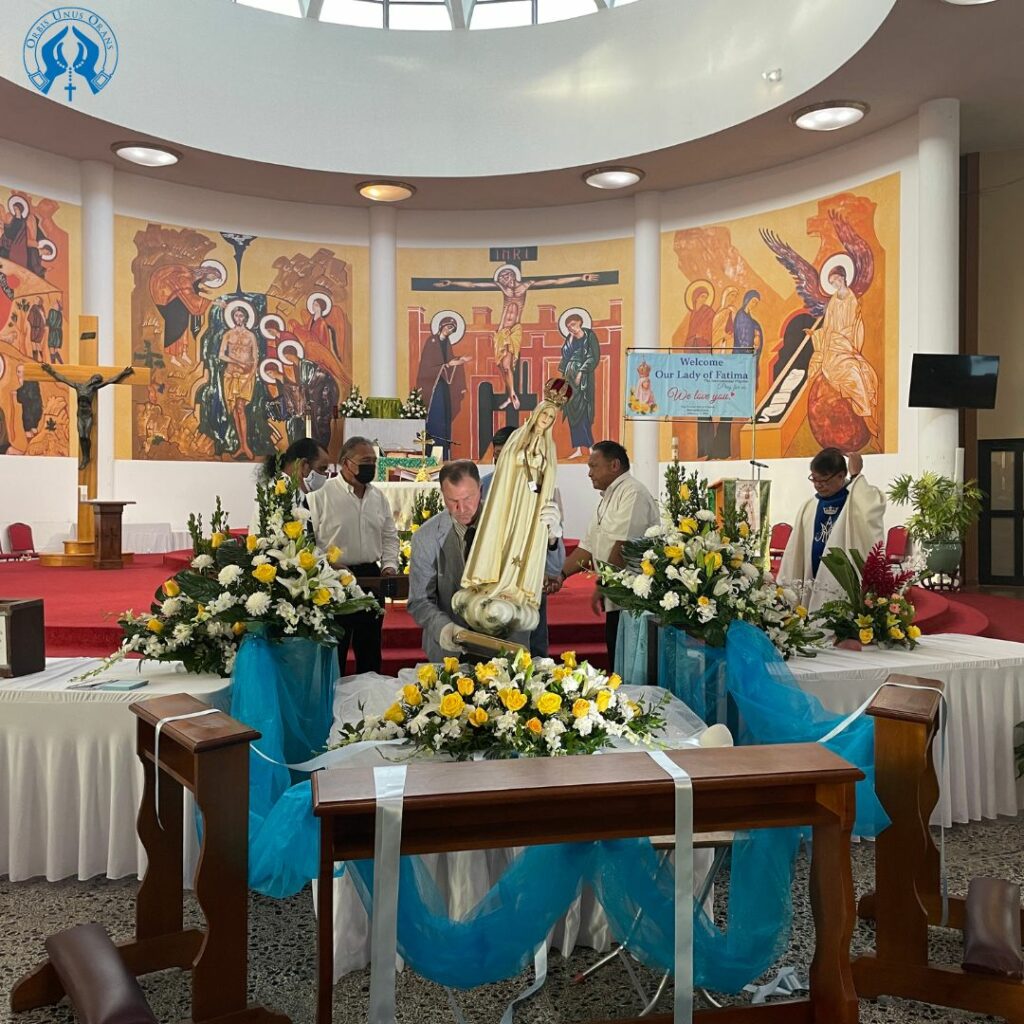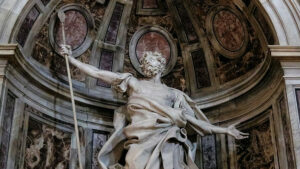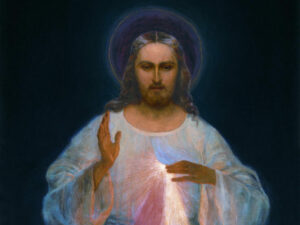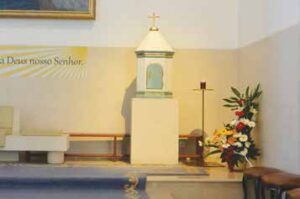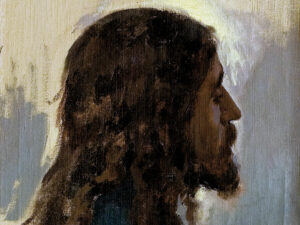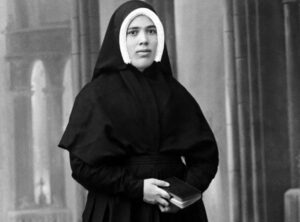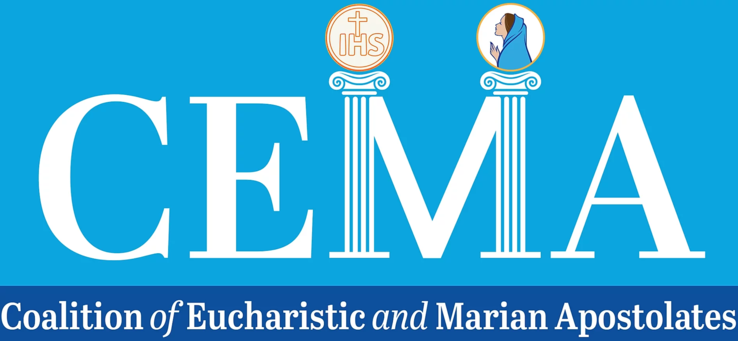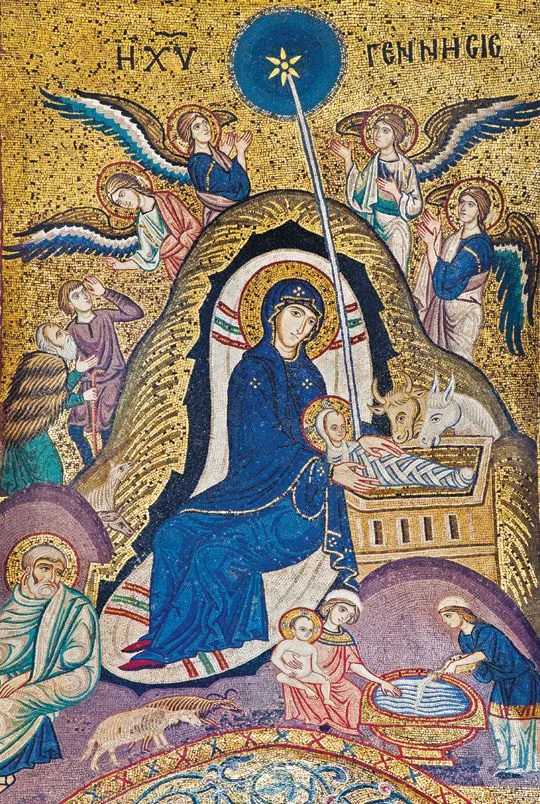
Written By
Celebrating the Solemnity of Mary
The Feast of the Solemnity of Mary, the Holy Mother of God, falls on January 1, the first day of the New Year, which is very fitting given that Christ is the one who came to make all things new. It is the Octave day of Christmas and is followed by the feast of the Epiphany on January 6; thus it comes at the heart of Christmastide.
The principle that Our Lady was the true Mother of God, that of her Divine Maternity, is the ultimate reason why she has such an exalted position in the Church. There is a scriptural basis for believing that she was gifted with this sublime degree of holiness in the words of the Angel Gabriel at the Annunciation, when he described Mary as “full of grace.”
Following this, she visited her cousin Elizabeth, who on greeting her exclaimed, “Blessed are you among women, and blessed is the fruit of your womb! And why is this granted me, that the mother of my Lord should come to me?” (Lk 1:42-43). In the expression, “mother of my Lord,” the Greek word used for Lord (kurios) can be understood as referring to God, and so St. Elizabeth was describing Mary as the Mother of God.
Mary is the “God-bearer”
In the early centuries after Christ, the Blessed Virgin was described as the Theotokos, from the Greek term meaning “God-bearer,” which is another way of saying “Mother of God.” This term was used quite frequently by the early writers, and is also found in the oldest hymn or prayer to Mary that we have, the Sub tuum praesidium: “We fly to Thy protection, O Holy Mother of God; Do not despise our petitions in our necessities, but deliver us always from all dangers, O Glorious and Blessed Virgin. Amen.” The Council of Ephesus in A.D. 431 rejected the teachings of Nestorius, who had claimed that Mary was only Christokokos, the “Christ-bearer,” and instead, proclaimed that was indeed Theotokos, the “God-bearer.”
“In the early centuries after Christ, the Blessed Virgin was described as the Theotokos, from the Greek term meaning ‘God-bearer,’ which is another way of saying ‘Mother of God.'”
The term Theotokos became a touchstone of orthodoxy, since it requires faith in both the human and divine natures of Christ, and belief that Mary really was the Mother of God.
Mary’s “Infinite Dignity”
During the Middle Ages, St. Thomas Aquinas said this regarding three aspects of God’s creative power: “The humanity of Christ, from the fact that it is united to the Godhead; and created happiness, from the fact that it is the fruition of God; and the Blessed Virin, from the fact that she is the Mother of God; all have a certain infinite dignity from the infinite good, which is God.” (ST I, q.25, a.6, ad4)
The use of the phrase “infinite dignity,” when applied to Mary’s Motherhood of Christ, is very significant since it gives us at least an inkling of how truly marvelous and awe-inspiring the Divine Maternity actually is. If we consider the incredible spiritual exaltation of Our Lady, which it implies, how elevated by grace she must have been so as to make her worthy to bear the Second Person of the Trinity, the incarnate Son of God, then we are dealing with something that is truly bewildering to the human mind.
As regards Marian apparitions, at Guadalupe in 1531, Our Lady described herself as “the perfect and ever Virgin Holy Mary, Mother of God.” At Beauraing in Belgium, on January 1, 1933, she said, “I am the Mother of God, the Queen of Heaven. Pray always.” A little later, she appeared at Banneux, also in Belgium, and said, “I am the Mother of the Savior, Mother of God, pray much.”
Hidden and Implicit: Mary Theotokos at Fatima
At Fatima, this themes was more hidden and implicit, as we can see from her appearance with the Christ Child to Sister Lucia in 1925 at Pontevedra, Spain. The Christ Child indirectly referred to the Divine Maternity when He said, “Have pity on the Heart of your Most Holy Mother. It is covered with the thorns with which ungrateful men pierce it at every moment, and there is no one to remove them with an act of reparation.”
If Mary was Lucia’s spiritual mother, that status derived from her spiritual motherhood of the Body of Christ, of which Lucia was a member, and was thus due to the fact that Our Lady really was the Mother of God.
Popes Promote Mary as Theotokos
The popes, too, have been keen to promote this principle. Pope Pius XII, who in his encyclical Fulgens Corona (1953), argued that the office of Divine Motherhood “demands the fullness of Divine grace and a soul immune from stain, since it requires the greatest dignity and sanctity after Christ. Yes indeed, from this sublime office of the Mother of God seem to flow, as if were from a most limpid hidden source, all the privileges and graces with which her soul and life were adorned in such extraordinary manner and measure.”
Speaking of the Solemnity of Mary, St. Pope John Paul II said, “The Mother of God and of human beings keeps in her heart all of humanity’s problems, great and difficult, and meditates upon them.”
And so from the earliest days, and indeed throughout Church history, Our Lady has been proclaimed as the Mother of the Lord, that is God; as the Theotokos, that is, the God-bearer. Thus, it is truly fitting that we should celebrate the Solemnity of the Holy Mother of God with great joy and thanksgiving.


Donal Anthony Foley is the author of a number of books on Marian Apparitions, and maintains a related website at www.theotokos.org.uk. He has also written three time-travel/adventure books for young people, the Glaston Chronicles. This article originally appeared in the Fall 2022 edition of Soul Magazine.


